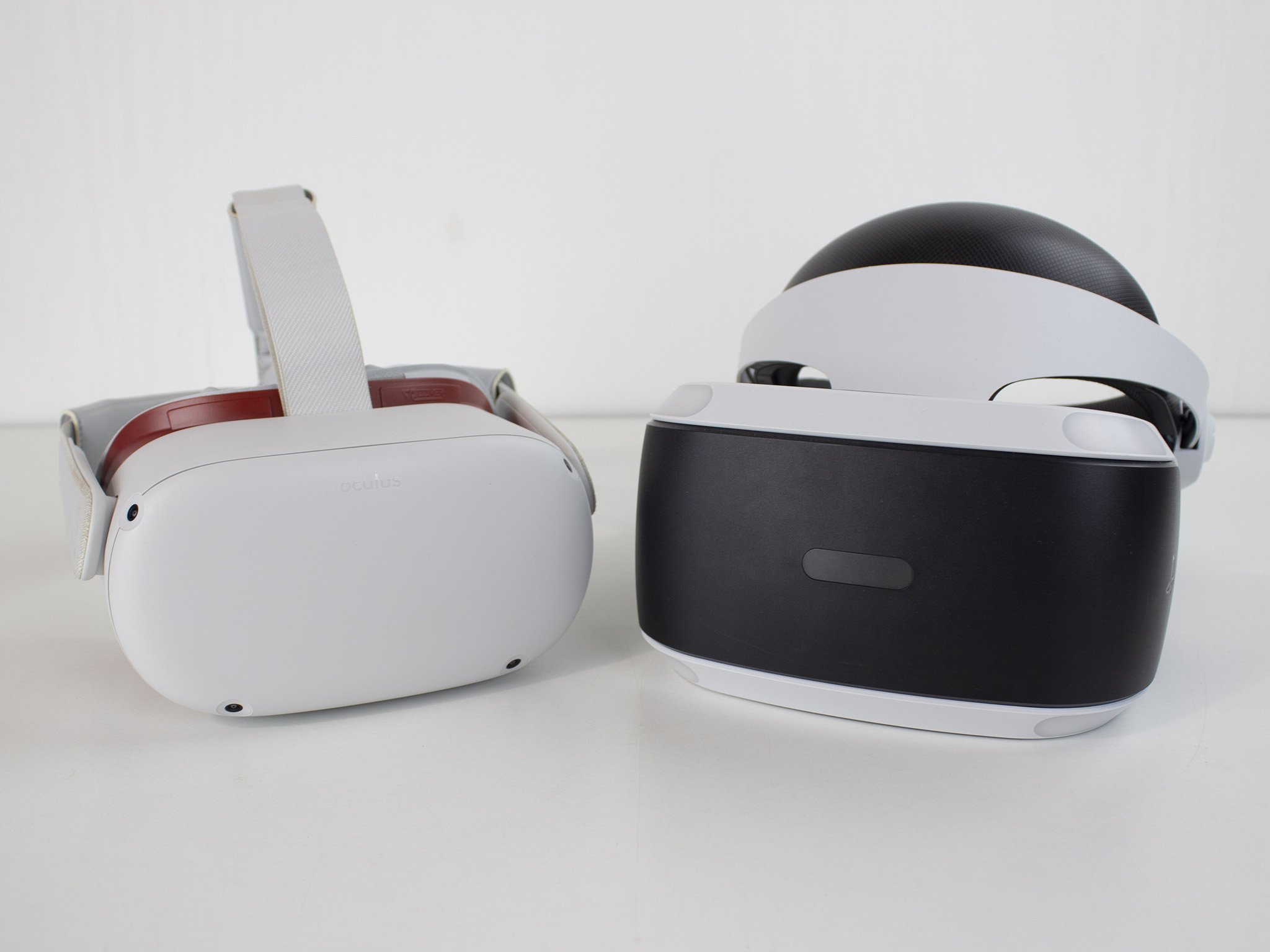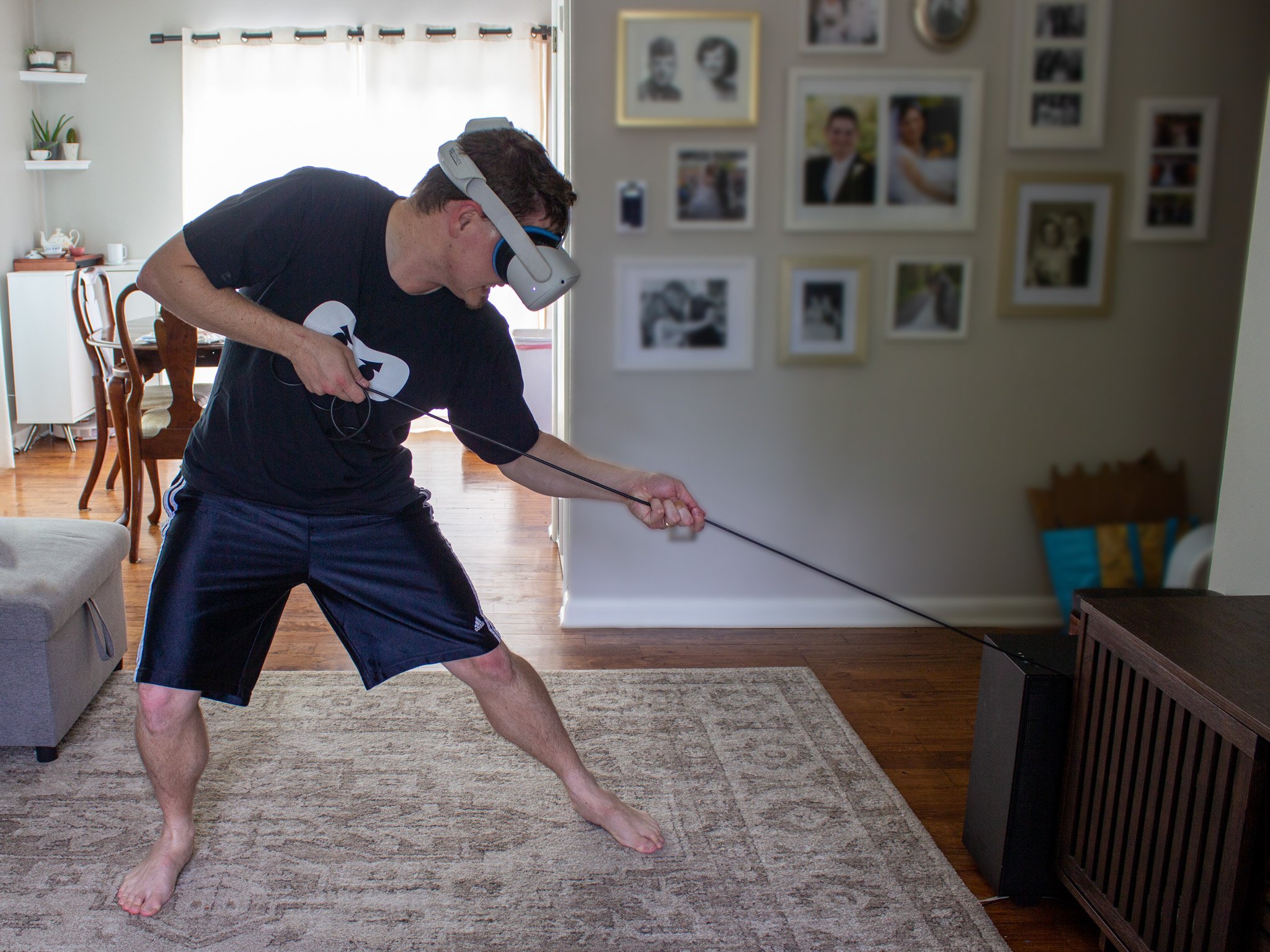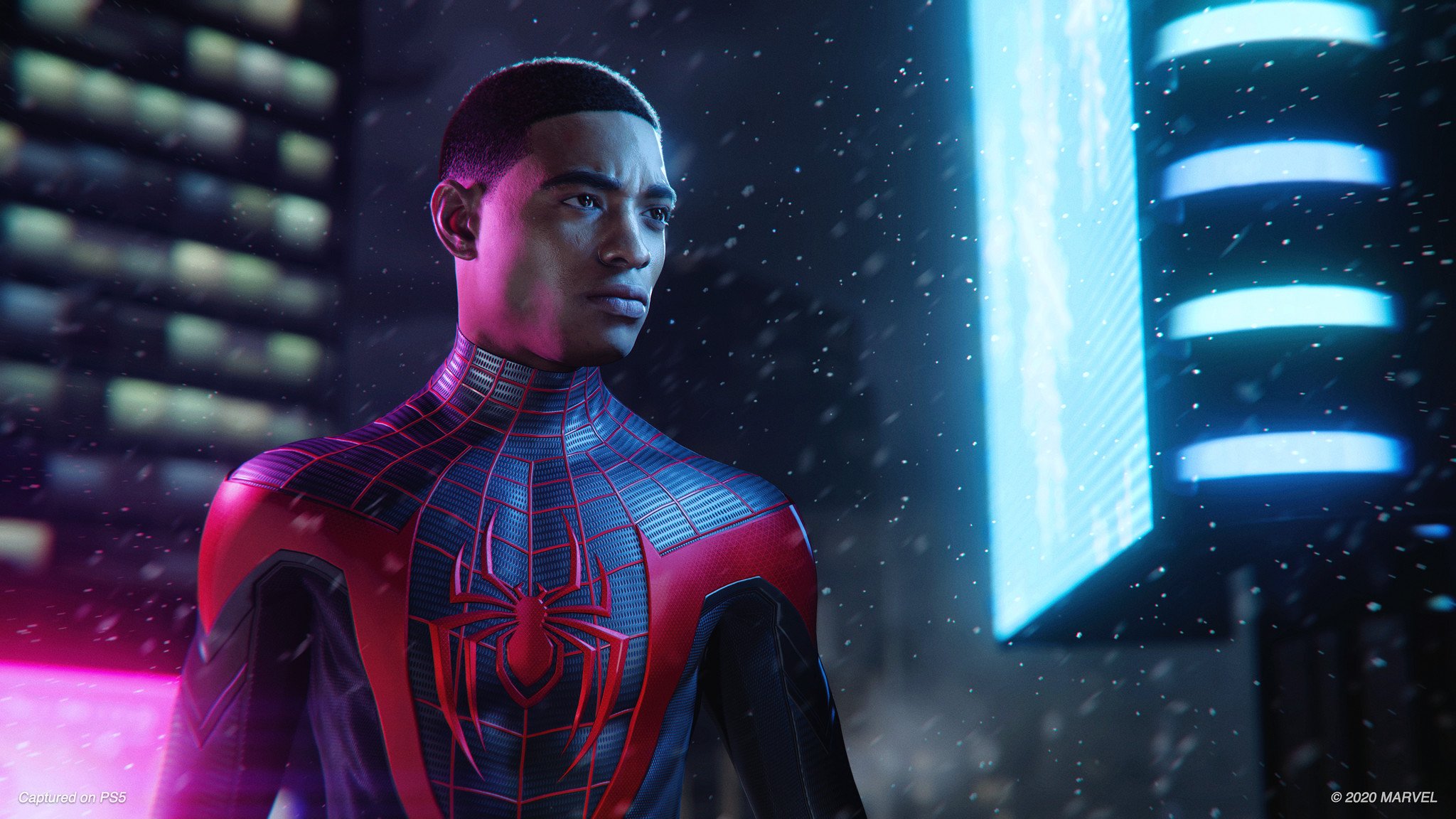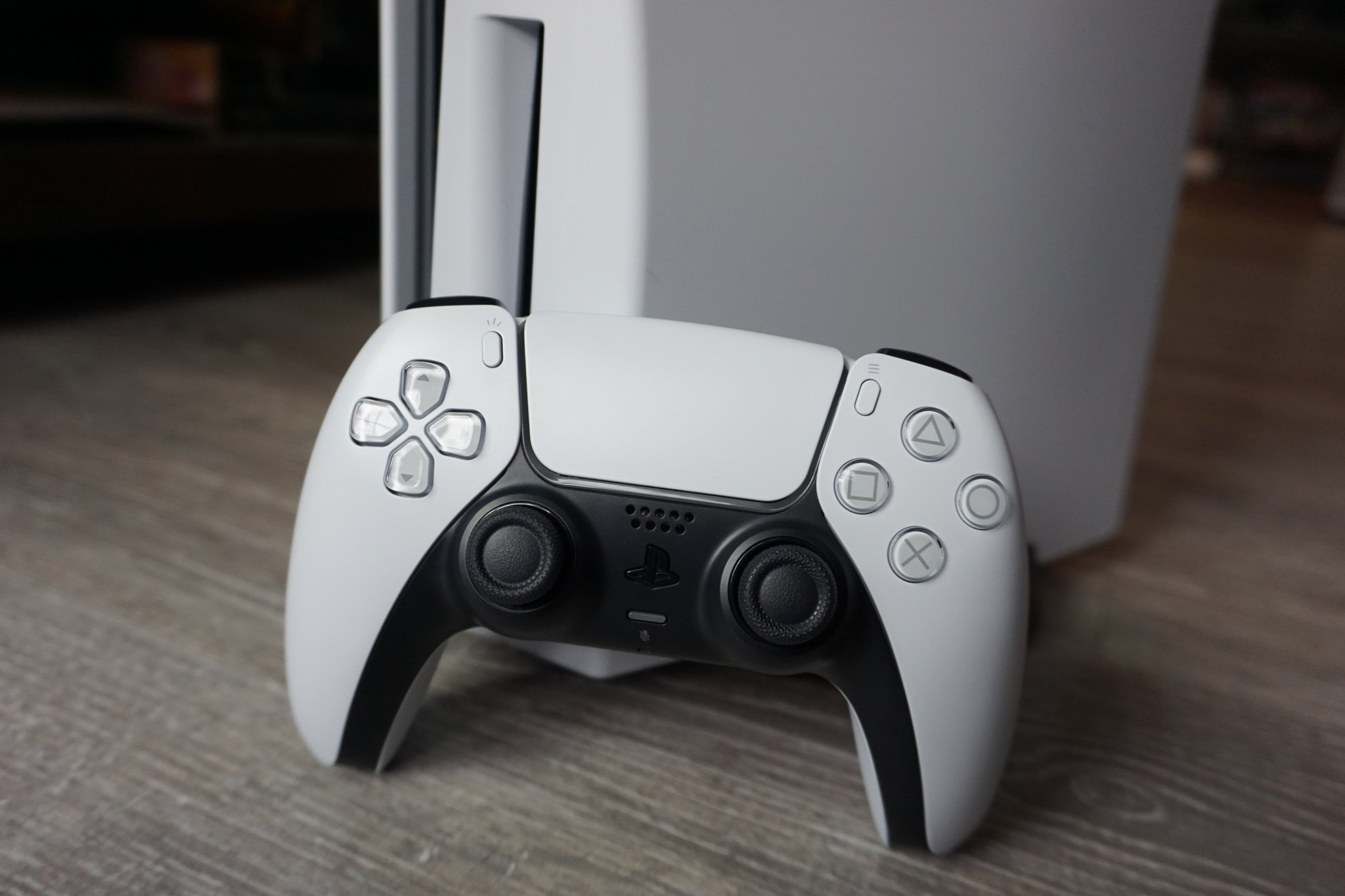PSVR 2 may not be able to compete with the Meta Quest 2's success
Meta is snapping up the best VR developers and games, while Sony remains in a tethered, AAA world.
Whatever you think of Meta and the Metaverse - and you can criticize both for plenty - the Oculus/Meta Quest 2 is incredibly popular right now. Qualcomm hinted that Meta has shipped about 10 million Quest 2 headsets, and it was the top-selling video game product on Amazon during Black Friday.
PSVR 2 will have a huge hardware advantage; the Quest 2 has a software and price advantage.
Before the Quest 2, perhaps the most successful VR story was the PSVR, which sold 5 million units by early 2020 and may have sold more since. That's only a small percentage of the 116 million who bought PS4s, but is still a success story given how niche VR was when it first launched.
The question is, can the PSVR 2 replicate that success? Because, despite the popularity of the brand and the rumored improvements to the headset, the PS5 VR headset has some obstacles on its road to success in 2022.
This isn't to say that the Quest 2 is better than Sony's upcoming headset. Like the Valve Index, PSVR 2 will have hardware upgrades that help it run more powerful and visually stunning experiences than the Quest could ever handle. And it'll have popular Sony exclusives that make it appealing to gamers. But Oculus has significant advantages in other areas that make the Quest a much more mainstream product.
Wireless VR changed the gameSony Interactive Entertainment CEO Jim Ryan explained that the PSVR 2 would have to plug into a USB-C port on the front or back of the PS5. Your response to that might be "Duh," as you typically need a wired connection for the best VR experiences. But the Quest 2 lets you connect wirelessly to a PC over Air Link with 120Hz refresh rates.
If Sony could have emulated this tool, it could have promised high-quality VR experiences without (A) having to buy a PC and (B) tethering people to a physical spot. Instead, Sony's choice could limit its player base and gaming library.
Many VR gamers (and developers) never want to go back to wired-only virtual reality.
The original PSVR had a 14-foot cord, which is certainly long enough for most VR experiences. Many were designed for you to be seated with a classic controller anyways, so you only needed enough give to reach your couch or spin in a computer chair. All headsets at that time were wired, so developers mainly coded for seated or standing with limited mobility.
But as the PSVR got older, many developers pivoted to the Quest, then the Quest 2, and found it incredibly profitable.On the Quest 2, you have heaps of exclusive roomscale games, plus 500 App Lab games from indie developers that probably could never get an official release on PSVR.
Old-school VR fans with good PC hardware still use their Rift Ss, HTC Vives, or Valve Indexes. But the numbers back up that most new VR players don't bother with wires.
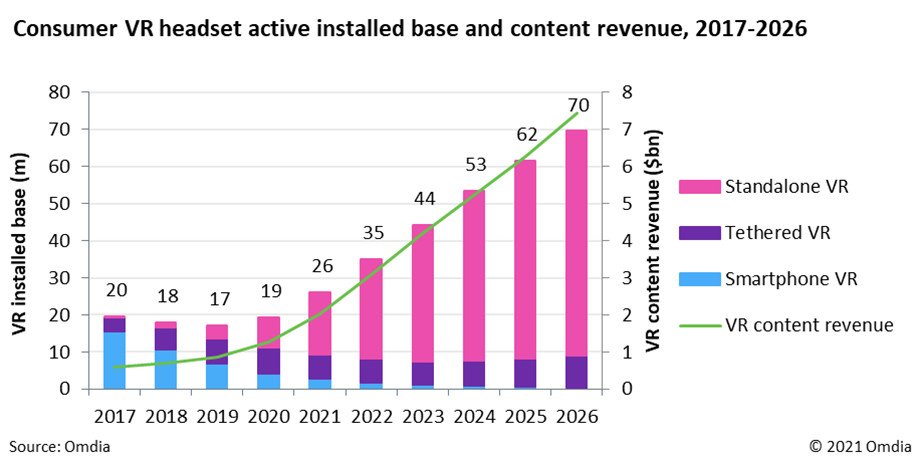 Tethered VR is expected to maintain a small but consistent player base in upcoming years.
Tethered VR is expected to maintain a small but consistent player base in upcoming years.
Wireless games are vastly outselling wired games with better graphics.
Nowadays, the general consensus is that Oculus sales have decimated PC VR sales. One developer said the Quest accounts for 95% of its profits, while another said two months on the Quest made more profits than four years of PC sales. With a wider base of gamers to tap, developers are scrambling to convert PC-only VR titles to the Quest, even if it means downgrading the graphical quality.
Most 2021 VR games were designed solely with mobile hardware in mind. Larger developers can afford to make PC VR versions that support more advanced graphics for hardcore PC owners, but they're in the minority.
What does this mean for the PSVR 2? Anshel Sag, senior analyst of Mobility & VR at Moor Insights & Strategy, isn't too worried for Sony. "Being a wired solution may turn off some users, but I believe that PSVR 2 will be seen as a premium VR experience rather than a mainstream one like the Quest."
My concern was that some VR developers might skip the PSVR 2. Committing resources to convert mobile VR games running on Snapdragon to wired PS5 hardware, for a smaller population of customers, competing against big-name gaming franchises and Sony exclusives, seems risky.
But Sag suggested that Sony will have no trouble convincing plenty of VR developers that the platform is viable for sales. At the same time, he said that "Sony still very much has stronger content partnerships than Meta and I believe they will leverage those relationships to push PSVR 2 forward in spite of the Quest 2's success," he says.
Specifically, he says "the hybrid VR game approach with key Sony IPs could be a successful play on its own." So, as with the original PSVR, it'll depend more on "regular" games converted to VR than games designed for VR from the outset.
A VR acquisitions warIn recent years, Meta has bought up the most promising VR developers that struck gold on its platform. It's purchased Beat Games (Beat Saber), BigBox VR (Population: One), Downpour Interactive (Onward), Sanzaru Games (Asgard's Wrath), and Ready at Dawn (Lone Echo). It has also signed non-exclusive deals with other developers to bring VR games to its platform, including Vertigo Games (Arizona Sunshine).
Looking over the various Playstation Studios acquisitions, two jumps out: Insomniac Games and Firesprite. Insomniac is most famous for the new Spider-Man games but also made several VR hits like Stormland, while Firesprite made The Playroom VR and The Persistence.
Generally speaking, Sony's acquisitions are less specialized, with larger gaming teams that make both VR and non-VR games. Oculus acquired smaller teams that achieved disproportionate success, likely at lower acquisition costs. But Sony can also use these studios to create games that all PS5 owners can play, but that also work better in VR.
Gamers are obsessed with buying consoles with exclusives. Meta knows that and has partnered with or bought devs to get plenty of Quest-only titles. So devs know that if they strike gold, Meta might buy them out or give them more resources to succeed.
So Sony might do well to acquire or partner with more indie developers of its own in the next year or so, to signal to developers that it is willing to play ball as much as Meta is. Or, it could stick to what it knows best, and convince major publishers to put out VR versions of popular franchises, such as Hitman 3 VR. Time will tell if big-name hybrid releases or cheaper grassroots games drive more heads into headsets.
That pesky supply chain strikes again...When the original PSVR launched in late 2016, almost 70 million PS4s had sold. Of that number, about 2 million bought a PSVR by the end of 2017, or about 3%. By the end of its life cycle, about 5% of 116 million console owners bought one.
Thanks to supply chain issues, about 13 million PS5s have sold so far. Sag said that low supply could cause some "snags," but that "by the time the PSVR 2 does launch and will be in meaningful volumes the chip shortage should be mostly behind us." Still, it's worth asking how many PS5 owners will buy the new headset too.
In 2022 - when the PSVR 2 is rumored to launch - the PS5 could sell another 15 million, based on sources at NotebookCheck. So let's assume 30 million PS5s are available when Sony's next headset launches. Even if the number climbs to 45 million by 2023, and if 5% of PS5 owners buy one by the end of 2023, that's just 2.25 million sold, about 1/4 that of the Quest 2 in its first year.
Now, that percentage could easily be higher. The Quest 2 has brought VR into the mainstream in significant ways, not only with high sales but also with a serious marketing blitz. Sony could easily piggyback off of Meta's success and get proportionally higher VR sales this time around.
On the other hand, every PSVR 2 spec rumor suggests it'll be a premium headset with top-of-the-line specs. For instance, it's rumored to have 4K OLED lenses with 787 pixels-per-inch, upgraded cameras on the headset for inside-out tracking, and a design that's comfortable to wear for hours (though dependent on a USB-C cable).
PSVR 2 may be too good a device to sell for cheap, which could lessen its popularity.
We have to assume Sony will be smart enough not to make it $1,000 like the Valve Index. But it'll very likely cost a premium on top of the $500 or more people already spent on the console. Not everyone's going to want to shell out that kind of money, especially if they already own the Quest 2 for VR.
How the PSVR 2 can challenge the Quest 2's supremacy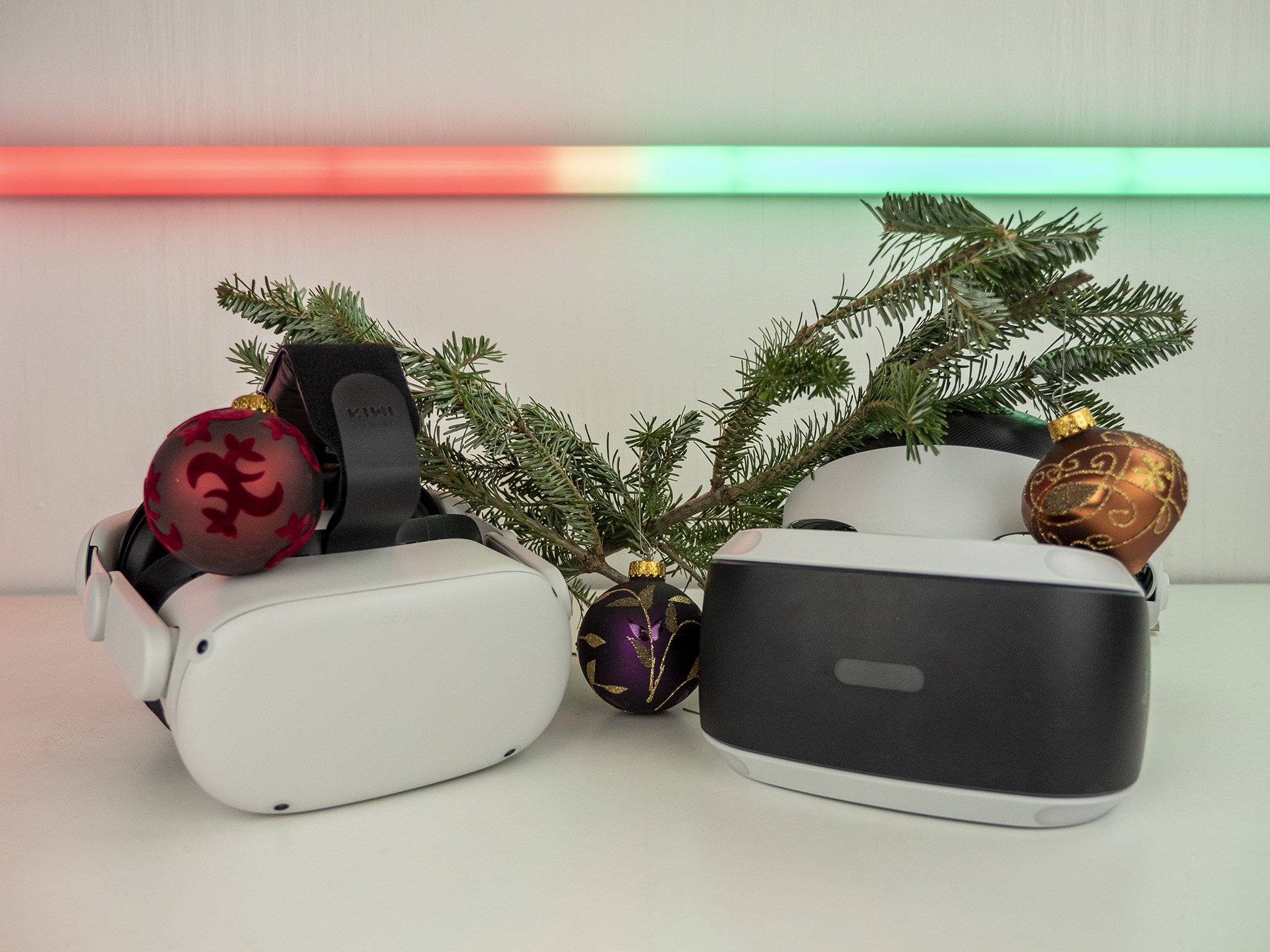 Some rumors suggest the PSVR 2 will arrive during the holidays in 2022.
Some rumors suggest the PSVR 2 will arrive during the holidays in 2022.
In the end, success is relative. If the PSVR 2 sells one-fourth the number of Quest 2s in its first year while costing twice as much, you could argue that's a success story.
The first step here is obvious: exclusives. PSVR blew up in players' consciousnesses because of hybrid VR ports of popular franchises, like Resident Evil VII and Elder Scrolls V: Skyrim. Games that already translate well into VR, so they won't take much production time to port.
Looking over some of the best PS5 games, there aren't that many first-person titles. But Resident Evil Village, Deathloop, Doom Eternal, or Skyrim Anniversary could all easily translate into VR. Plus, we can hope Insomniac can channel its VR experience into new ports of Ratchet & Clank or Spider-Man.
Of course, the Quest 2 has its fair share of big-name games converted to use VR controls, from Resident Evil 4 VR to Grand Theft Auto: San Andreas. But you won't find recent games - not counting Among Us VR - without using Air Link and a PC, which is where PSVR has the advantage.
The PSVR 2 also needs to not only support original Playstation VR games, but also give them graphical upgrades so they're worth replaying or buying for new owners. That'll help Sony close the huge library gap that Oculus has built up over the last couple of years.
Sony exclusives will convince Quest 2 owners that it's worth owning the PSVR 2, too.
Moving on from games, the PSVR 2 needs to crush the Quest 2 in specs and design to justify its always-wired form. It needs lenses with better resolution, a super-wide field-of-view, and superior colors. It needs to support 120Hz refresh rates out of the box. It should have wider and more accurate IPD settings than the Quest 2, which doesn't always fit every set of eyes. And its new Playstation Move controllers need to be at least as accurate as Oculus Touch controllers.
Just as important, you want it to have much better comfort than the front-heavy Quest 2. This is a headset that you can wear for hours without worrying about battery life, so Sony must make sure it won't get uncomfortable after those hours.
Considering the standalone Meta Quest Pro could be out by then as well, it wouldn't hurt if the PSVR 2 beat that headset in spec quality as well.
Ultimately, Sony's success or failure will come down to price. Oculus dropped a gauntlet on the rest of the industry with its $300 device, and if the PSVR 2 costs double that - not including the PS5 itself - it'll "succeed" with affluent gamers but may stay as a niche product that's a secondary priority for VR developers, compared to the underpowered, wire-free Quest.
